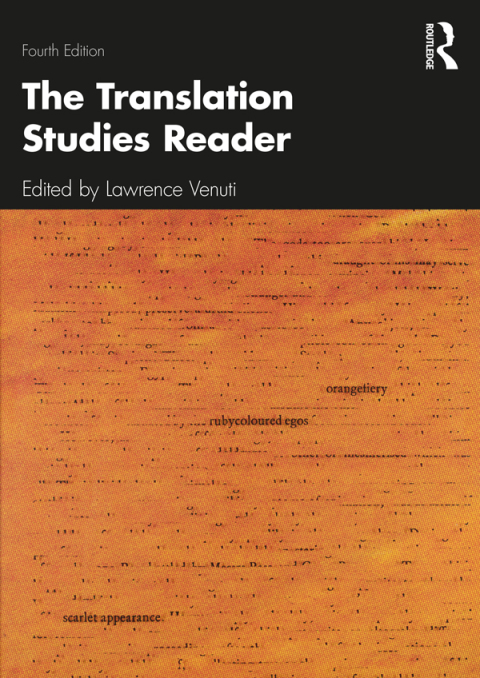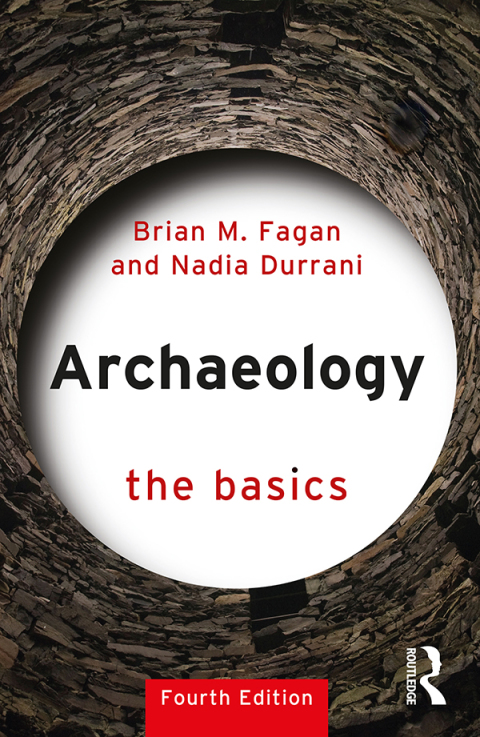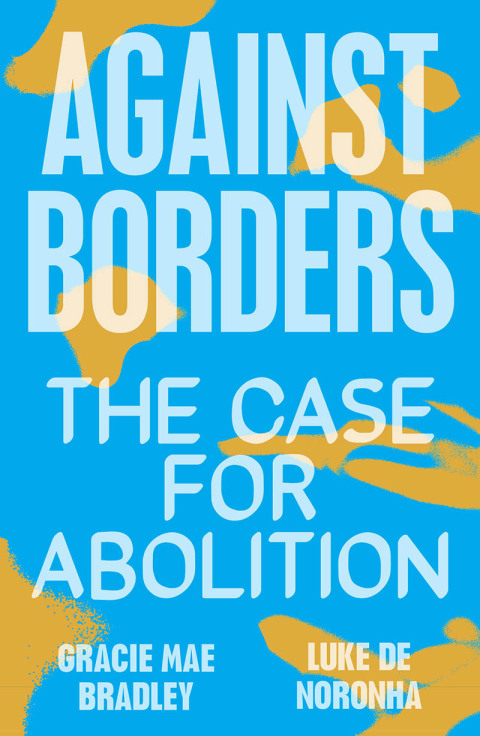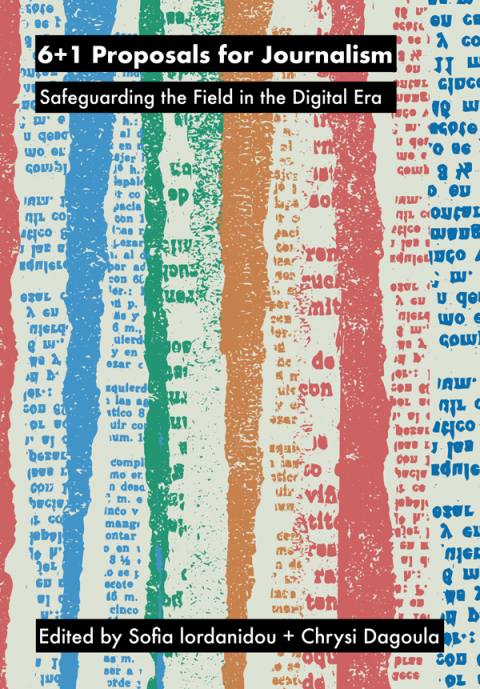Description
Efnisyfirlit
- Cover
- Half Title
- Title Page
- Copyright Page
- Dedication
- Contents
- Acknowledgements
- Introduction
- Translation studies: an emerging field
- What is a translation theory?
- Classroom applications
- Read historically
- Read thematically
- Use supplementary readings
- Foundational statements
- Chapter 1 From the Preface to the Sutra of Dharma Verses
- Translator’s notes
- Chapter 2 From the Preface to A Collation of the Perfection of Great Wisdom Sutra
- Translator’s notes
- Chapter 3 Letter to Pammachius
- Translator’s notes
- Chapter 4 Preface to Tacitus
- Translator’s notes
- Chapter 5 From the Preface to Ovid’s Epistles
- Editor’s notes
- Chapter 6 On the different methods of translating
- Notes
- Chapter 7 Translations
- Translator’s notes
- Chapter 8 Translations
- Editor’s notes
- Chapter 9 Paratexts to A Record of the Black Slaves’ Plea to Heaven
- Preface
- Principles of translation
- Afterword
- Translator’s notes
- 1900s–1930s
- Chapter 10 The translator’s task
- Translator’s notes
- Chapter 11 Guido’s relations
- Chapter 12 An exchange on translation
- Editor’s notes
- Chapter 13 The translators of The Thousand and One Nights
- 1 Captain Burton
- 2 Doctor Mardrus
- 3 Enno Littmann
- Notes
- References
- 1940s–1950s
- Chapter 14 Problems of translation: Onegin in English
- I
- II
- III
- IV
- V
- VI
- VII
- Note
- Chapter 15 On linguistic aspects of translation
- Notes
- 1960s–1970s
- Chapter 16 Principles of correspondence
- Different types of translations
- Two basic orientations in translating
- Linguistic and cultural distance
- Definitions of translating
- Principles governing a translation oriented toward formal equivalence
- Principles governing translations oriented toward dynamic equivalence
- Notes
- Chapter 17 The hermeneutic motion
- Notes
- Chapter 18 The position of translated literature within the literary polysystem
- 1
- 2
- 3
- 4
- 5
- Chapter 19 The nature and role of norms in translation
- 1 Rules, norms, idiosyncrasies
- 2 Translation as a norm-governed activity
- 3 Translation norms: an overview
- 4 The multiplicity of translational norms
- 5 Studying translational norms
- Notes
- 1980s
- Chapter 20 Skopos and commission in translational action
- 1 Synopsis
- 2 Skopos and translation
- 3 Arguments against the skopos theory
- 4 The translation commission
- Chapter 21 Mother Courage’s Cucumbers: Text, system and refraction in a theory of literature
- Note
- Chapter 22 Translation and the trials of the foreign
- The analytic of translation
- Rationalization
- Clarification
- Expansion
- Ennoblement
- Qualitative impoverishment
- Quantitative impoverishment
- The destruction of rhythms
- The destruction of underlying networks of signification
- The destruction of linguistic patternings
- The destruction of vernacular networks or their exoticization
- The destruction of expressions and idioms
- The effacement of the superimposition of languages
- Chapter 23 Gender and the metaphorics of translation
- Notes
- 1990s
- Chapter 24 The search for a native language: translation and cultural identity
- Issues of language in the theory of translation
- ‘Translated into Québécois’
- Québécois in the market of symbolic commodities
- The distinctive function of Québécois
- The enigmatic Québécois language
- The myths of “Québécois” as a language of translation
- Why translate into Québécois?
- Notes
- Chapter 25 The politics of translation
- Translation as reading
- Translation in general
- Reading as translation
- Notes
- Chapter 26 Thick translation
- I
- II
- III
- IV
- V
- VI
- VII
- VIII
- Notes
- Chapter 27 Translating camp talk: Gay identities and cultural transfer
- 1 Formal and functional dimensions of camp
- 2 Verbal camp
- 2.1 On the surface of camp
- 2.2 Ambivalent solidarity and politeness theory
- 3 Camp, gay sensibility and queer radicalism
- 4 Translations, transformations
- 4.1 Vidal and Mikriammos: coming out in New York and Paris
- 4.2 Duvert and Flores: polymorphous perversity or gay sex?
- 5 Concluding remarks: texts and contexts in translation studies
- Acknowledgements
- Chapter 28 What is a “relevant” translation?: Translated by Lawrence Venuti
- Notes
- 2000s and beyond
- Chapter 29 Consecration and accumulation of literary capital: translation as unequal exchange
- Structure of the world literary field
- The position of languages and authors
- Translation as accumulation of capital
- Translation as consecration
- The position of consecrators
- Chapter 30 Text parameters in translation: transitivity and institutional cultures
- 1 Introduction
- 2 Translating for institutions
- 3 Transitivity: the evidence
- 4 Uniformity of approach
- 5 Discoursal shifts
- 6 Conclusions
- Chapter 31 Translation, American English, and the national insecurities of empire
- Translation and empire
- Americanizing English
- The Babel of monolingualism
- Untranslatability and war
- Notes
- Chapter 32 Full. Empty. Stop. Go: translating miscellany in early modern China
- Paper bones: an introduction
- Ink and blood: the Translators’ College
- Minds and memories: the tasks of the translators
- Cells and organs: translating the miscellaneous
- Embodying miscellany: a conclusion
- NotesI am grateful for comments and suggestions made on an earlier version of this chapter, with special gratitude to Karen Newman and Jane Tylus.
- Chapter 33 Migration, translingualism, translation
- Translingual literature as translational
- (On not) translating translingualism
- Translingual translation
- Chapter 34 Genealogies of translation theory: Schleiermacher
- The structures of translation theory and commentary
- Schleiermacher between instrumentalism and hermeneutics
- Interpreting the translator’s interpretation
- Works cited
- Index






Reviews
There are no reviews yet.